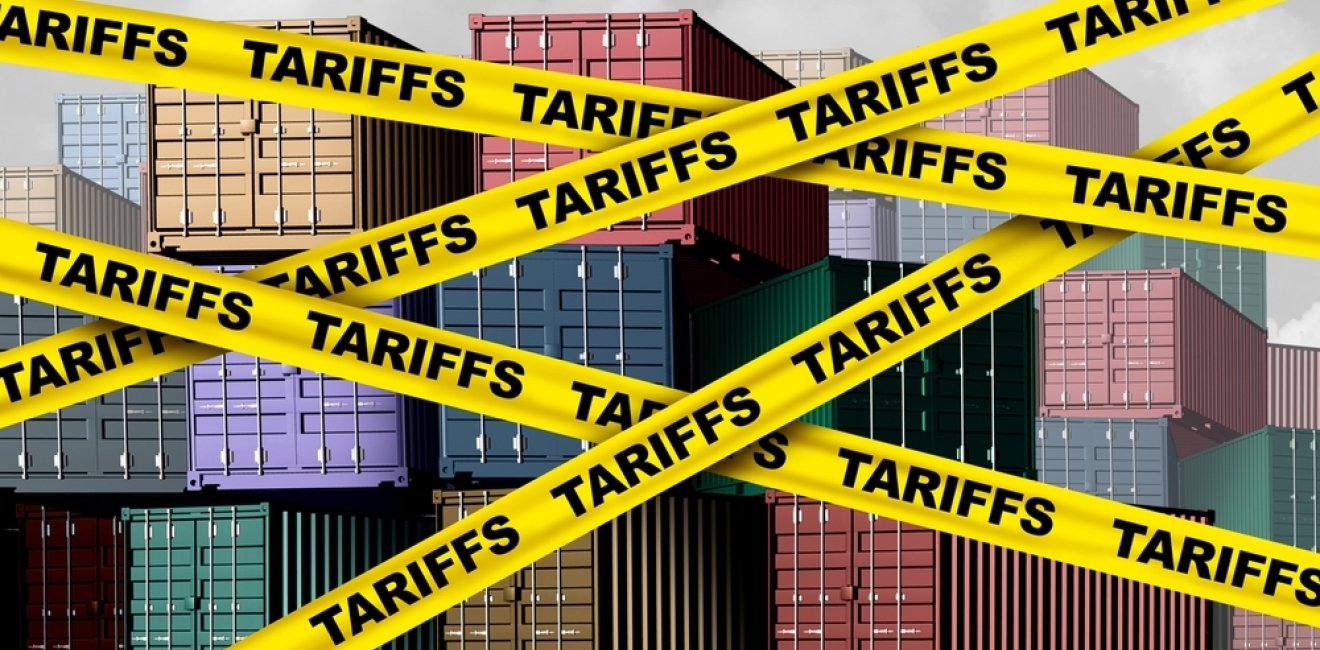Understanding Tariffs: How They Impact Economies and Individuals
What Is a Tariff?
A tariff is essentially a tax imposed on goods that are imported from another country. Think of it as a toll gate at the border—foreign products must pay to enter the domestic market. Tariffs typically take the form of a percentage of the item's value, though sometimes they're a fixed amount per unit.

Why Do Countries Implement Tariffs?
Governments implement tariffs for several reasons:
1. Protecting Domestic Industries
When cheaper foreign products flood the market, local businesses may struggle to compete. By making imports more expensive through tariffs, governments help level the playing field for domestic producers.
2. Generating Revenue
Historically, before income and sales taxes were common, tariffs were a primary source of government revenue. Today, while less significant, they still contribute to government coffers.
3. Addressing Trade Imbalances
Countries sometimes use tariffs to reduce trade deficits (when they import more than they export) by discouraging imports.
4. Political Leverage
Tariffs can serve as bargaining chips in international negotiations or as retaliatory measures against unfair trade practices.
The Ripple Effects Through the Economy
Tariffs create waves that spread throughout the economy:
For Consumers:
Most directly, tariffs often lead to higher prices for imported goods. If you're buying a foreign car and there's a 25% tariff on imported vehicles, you might pay thousands more than you would otherwise. Even domestic products may become pricier if they contain imported components or if reduced competition allows local producers to raise prices.
For Businesses:
- Imported input costs rise, squeezing profit margins
- Export-focused businesses may face retaliatory tariffs from other countries
- Domestic producers protected by tariffs might see increased sales but may become less efficient without foreign competition
For Workers:
Industries shielded by tariffs might maintain or increase employment. However, industries that rely on imports—or face retaliation in export markets—might reduce their workforce.
For the Broader Economy:
While some sectors benefit, the overall economic efficiency typically decreases. Most economists agree that tariffs generally reduce total economic output and can contribute to inflation.
Real-World Examples
The 2018-2019 tariff increases between the United States and China provide a compelling case study. U.S. tariffs on Chinese goods were designed to protect American industries and reduce the trade deficit. However, studies found that American consumers and businesses bore most of the costs—not Chinese exporters as was intended.
Similarly, historical examples like the Smoot-Hawley Tariff Act of 1930, which raised U.S. tariffs on over 20,000 imported goods to record levels, are widely considered to have deepened the Great Depression by reducing trade.
What This Means for Your Finances
As an individual, tariffs affect you in several ways:
- Higher prices for affected imported goods
- Potential changes in employment opportunities depending on your industry
- Investment implications as certain sectors become more or less profitable
- Broader economic effects that might influence interest rates and inflation
The Ongoing Debate
The debate around tariffs frequently divides along philosophical and political lines. Some view tariffs as essential tools to protect domestic workers and strategic industries. Others see them as inefficient taxes that ultimately hurt consumers and reduce economic growth.
What's clear is that tariffs are rarely simple in their effects. They create winners and losers, often help some groups while hurting others, and their overall impact depends heavily on specific circumstances and implementation.
Understanding tariffs helps you make sense of economic news, appreciate the complexities of international trade, and perhaps even anticipate how certain policy changes might affect your personal finances and investment decisions.


